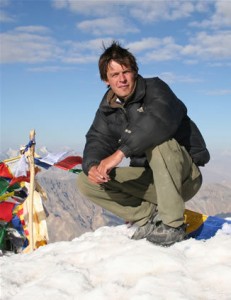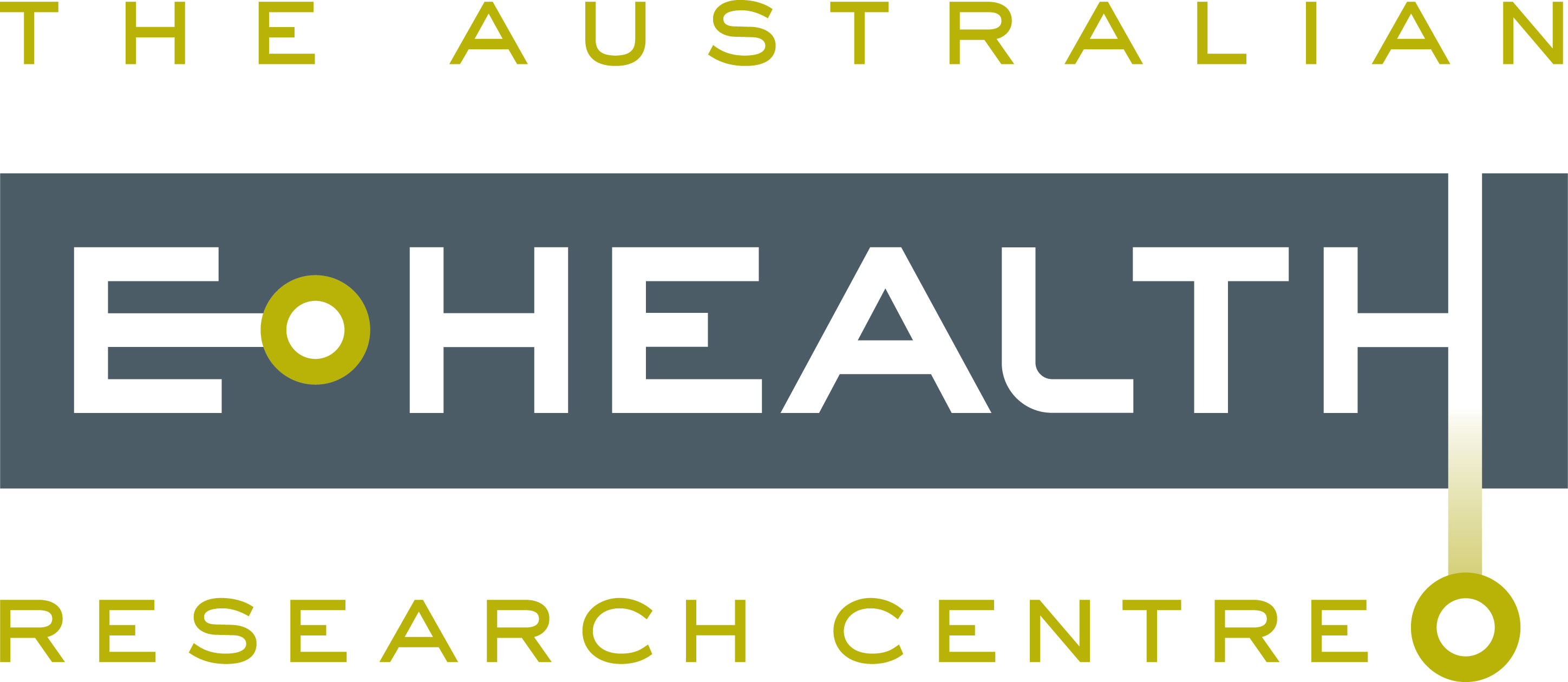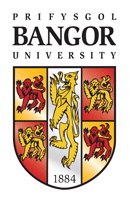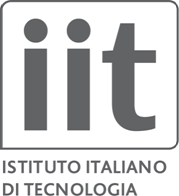 I specialise in the development of tools for safe and efficient surgical procedure training. I have expertise throughout the full product development cycle from task analysis, scoping product requirements and design, software and hardware development, through to product testing. These tools (akin to flight simulators for pilots) allow surgical trainees to practice procedures and hone key surgical skills before they perform interventions on live patients for the first time. These safe environments can reduce training associated costs and improve productivity by freeing operating rooms for procedures rather than training, reducing the risk of first procedure complications and teaching experienced practitioners the use of new tools and features. In addition, training simulators can help to prepare practitioners with procedure ‘warm up’ at the beginning of the day or after a period of rest – a technique shown to improve performance.
I specialise in the development of tools for safe and efficient surgical procedure training. I have expertise throughout the full product development cycle from task analysis, scoping product requirements and design, software and hardware development, through to product testing. These tools (akin to flight simulators for pilots) allow surgical trainees to practice procedures and hone key surgical skills before they perform interventions on live patients for the first time. These safe environments can reduce training associated costs and improve productivity by freeing operating rooms for procedures rather than training, reducing the risk of first procedure complications and teaching experienced practitioners the use of new tools and features. In addition, training simulators can help to prepare practitioners with procedure ‘warm up’ at the beginning of the day or after a period of rest – a technique shown to improve performance.
In my current role as a Post Doctoral Fellow of the AEHRC’s Surgical Simulation team, I am working closely with clinicians and simulation experts to develop a virtual Bronchoscopy training tool and part-task trainers. The (AEHRC) Australian E-Health Research Centre is a joint venture between CSIRO and the Queensland Government.
Between Jan 2008 and Feb 2011, I worked at the Istituto Italiano di Tecnologia (IIT) in a collaborative PhD position between IIT and Bangor University, Wales under the supervision of both Professor Nigel W John (Bangor) and Professor Darwin G Caldwell (IIT). The focus of my research was the use of augmented reality to produce immersive visio-haptic medical training environments. During my PhD I developed an immersive environment called PalpSim which underwent content and face validation at the Royal Liverpool University Hospital. My freely available PhD thesis “Investigating Augmented Reality Visio-Haptic Techniques for Medical Training” can be found on the Eurographics website here.
Prior to this I graduated from Bangor University in Computer Science in 2006 and from my Masters in Advanced Visualisation, Virtual Environments and Computer Animation in 2007. In my Master’s Thesis “A comparison of a needle puncture fidelity between commercially available haptic devices,” I produced a comprehensive review of needle insertion simulations, evaluated commercial haptics devices for use in needle insertion simulations and produced an application for the evaluation of hemispatial neglect in stroke patients.
Current Institution
Previous Institutions



